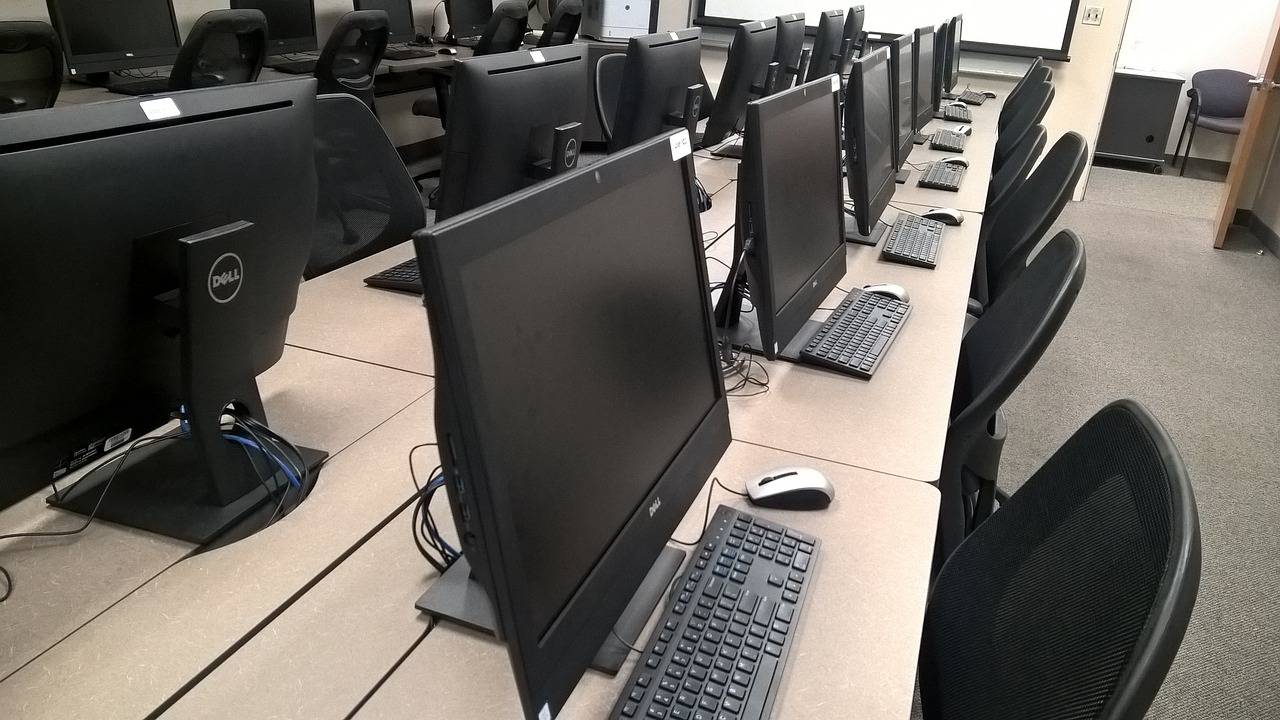Promoting Digital Literacy in Schools
Digital literacy is crucial for students in today’s technology-driven world. With the constant evolution of digital tools and resources, students must possess the necessary skills to navigate and effectively utilize digital platforms. Understanding how to critically evaluate information found online, discern credible sources, and conduct comprehensive research are fundamental aspects of digital literacy that empower students to succeed in their academic pursuits.
Moreover, digital literacy equips students with essential skills for their future careers. In a globalized job market that heavily relies on technology, individuals who are proficient in digital literacy have a competitive edge. Being able to adapt to new technologies, communicate effectively through digital channels, and leverage online resources are valuable skills that students can transfer to various professional settings, ensuring their readiness for the demands of the modern workforce.
Challenges Faced in Implementing Digital Literacy Programs
Implementing digital literacy programs in educational settings comes with its own set of challenges. One prominent difficulty is the lack of resources, both in terms of funding and technological infrastructure. Many schools struggle to provide students with access to the necessary devices and internet connectivity, hindering the effective integration of digital literacy into the curriculum.
Moreover, another hurdle faced in implementing digital literacy programs is the varying levels of expertise among educators. Not all teachers are adept at using digital tools themselves, which can impede their ability to effectively teach digital skills to their students. This highlights the need for comprehensive training and professional development opportunities to equip educators with the knowledge and skills necessary to successfully incorporate digital literacy into their teaching practices.
Why is digital literacy important for students?
Digital literacy is important for students as it equips them with the necessary skills to navigate the digital world, access information, communicate effectively, and participate in the digital economy.
What are some challenges faced in implementing digital literacy programs?
Some challenges include lack of funding, access to technology and internet, training for educators, and keeping up with rapidly evolving technology.
How can schools overcome the challenge of lack of funding for digital literacy programs?
Schools can seek grants, partnerships with businesses, and community support to secure funding for digital literacy programs.
What can be done to ensure educators are properly trained to teach digital literacy skills?
Schools can provide ongoing professional development opportunities, workshops, and resources for educators to enhance their digital literacy skills and stay up-to-date with technology trends.
How can schools address the issue of access to technology and internet for all students?
Schools can consider providing devices for students, setting up computer labs, partnering with local libraries, and offering technology training sessions for students and parents.
How can schools ensure that digital literacy programs are effective and engaging for students?
Schools can incorporate hands-on activities, project-based learning, real-world applications, and interactive tools to make digital literacy programs engaging and relevant for students.





